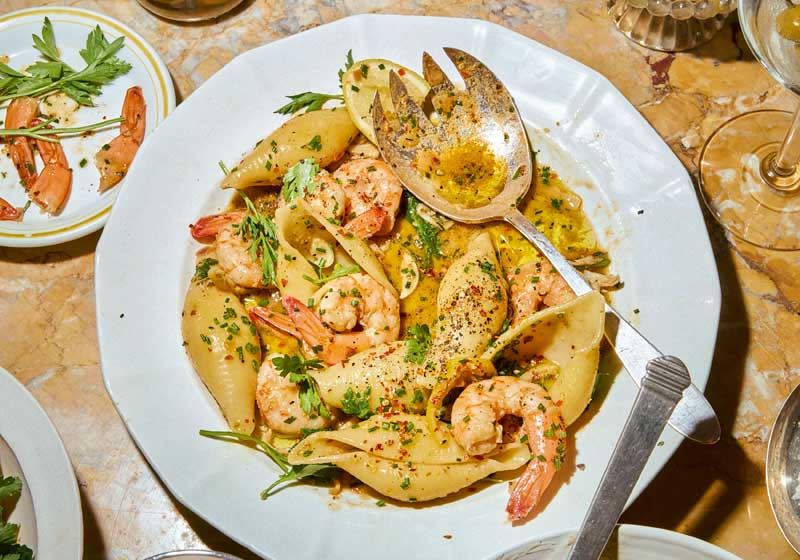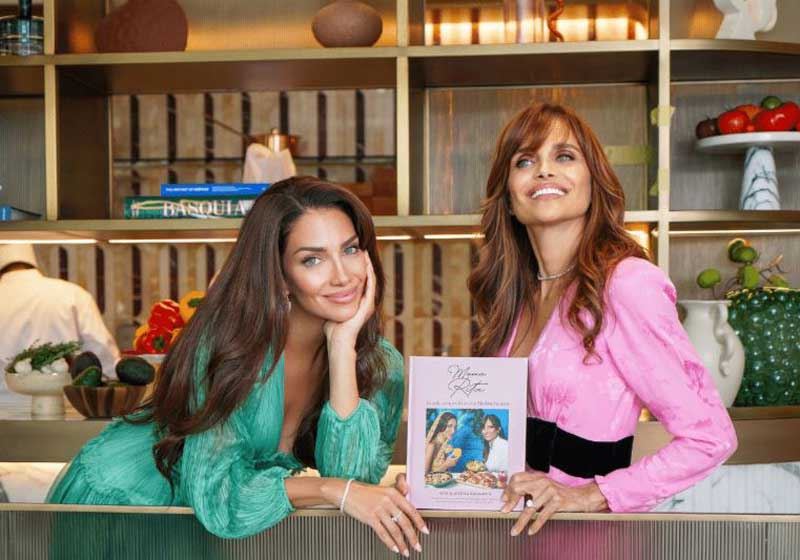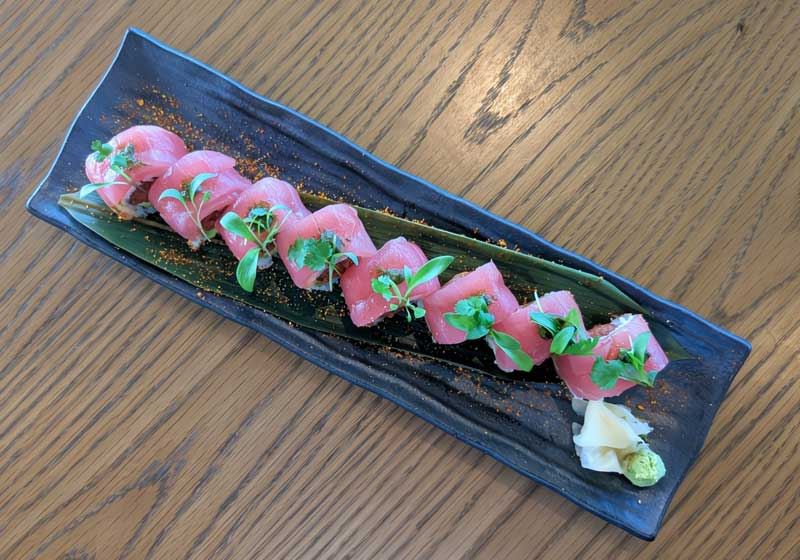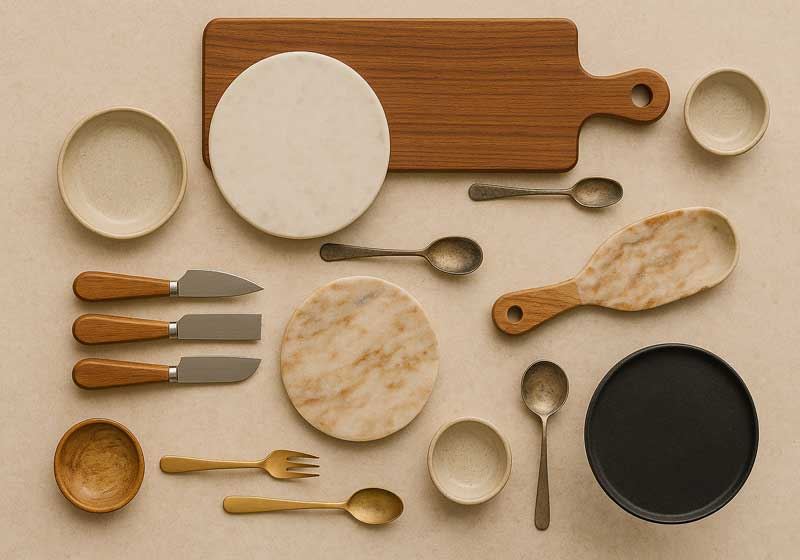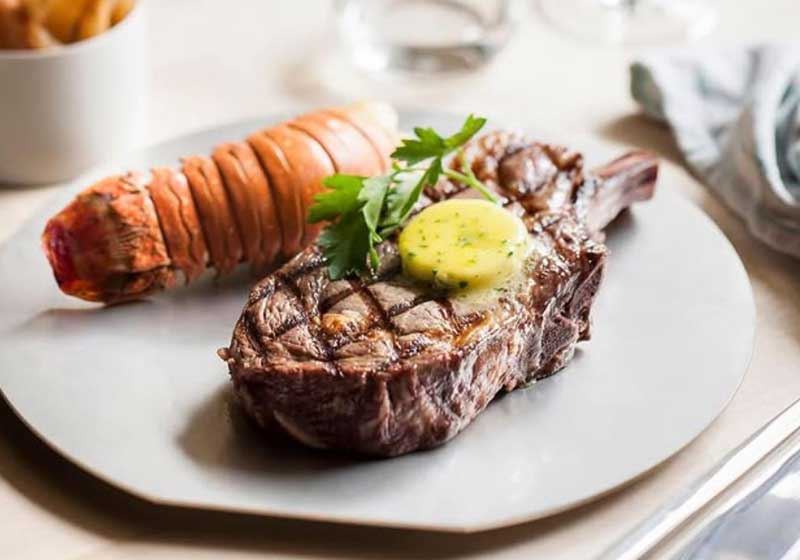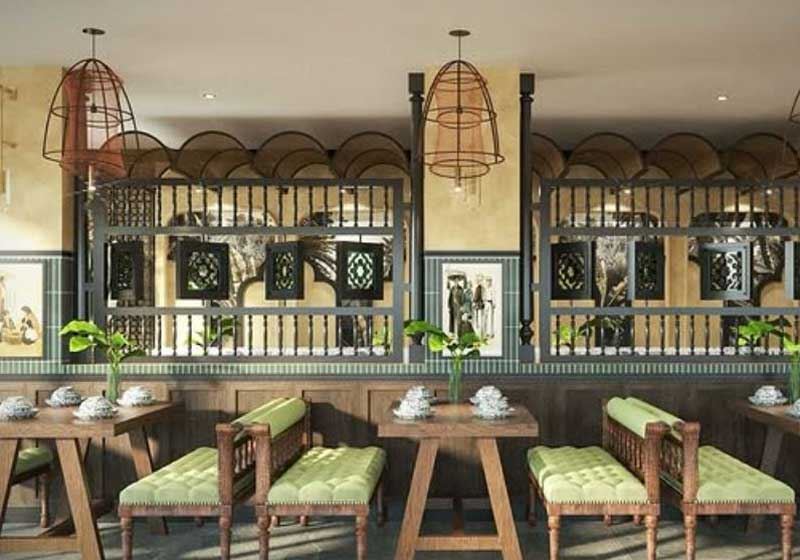"Andina, a word meaning a woman, or a dish or ingredients from the Andes. My grandmother Mamita Naty, my Mum and my great aunts were all Andinas. I have Andina in my blood.” – Martin Morales.
For the last 30 years, Martin Morales has travelled the length and breadth of the Andes, researching ingredients, tasting recipes, spending time with the Chefs and in their restaurants.
"I have eaten in hundreds of wonderful restaurants high in the Andes. Their dishes shy away from complexity and over-preparation,” he says. "They are practical and economical, and yet they deliver a vast array of flavour.”
This Peruvian-born Chef, restaurateur and cookbook author explores an age-old collection of recipes passed down through the Morales family, in his book Andina: the Heart of Peruvian Food.
Following on from the success of Ceviche: Peruvian Kitchen, which sold more than 120,000 copies and was translated into 12 different languages, this book is not about fashionable food, this is food from thousands of years ago.
"Since ancient times, it has been organic, nose-to-tail eating from field to table with zero-waste. In this way, ancient it might be, but it is also progressive,” he explains.
These are the recipes that have inspired many of the modern dishes now on the menu at his London restaurants, Ceviche Soho, Casita Andina and Andina.

Beginning with an insightful introduction into the background of his culture, the regions, traditions and food trends which have come and gone over the years, Morales makes you feel as though you have travelled abroad with every turn of the page without even leaving your kitchen. Accompanied by simple, yet elegant photography, each recipe comes with an insight into its creation and background.
When many think of South American cooking, hearty proteins and rich sauces come to mind, as is seen in the lip-smacking slow and low lamb shanks and chocolate (Cordero Chukulati). This dish was tested on the specials board of Morales’ restaurants, becoming an instant hit and securing itself as a staple dish on offer. The magic of the velvety dark chocolate combined with the succulent lamb shanks and spices makes this dish perfectly indulgent for cooler nights.
No matter what cuisine you are eating from, baked cheese is always a delicious option. Mix it with quinoa for added texture and the flavours of garlic, cumin, evaporated milk and a hint of mint and you have yourself a tasty quinoa and cheese pudding (Pesque de Quinna). Morales explains that this dish can be eaten as a main or served on the side as an impressive element on the plate.
For a Saturday night worthy dish to serve at your next dinner party, the Pulpo Chancon or The Studious Octopus is a sure stunning bet. Cooked with garlic, lime juice and drizzled in chancaca syrup, the plate is smeared with a butter bean puree, which has a little kick added from chilli paste, ready to lay the octopus tentacle elegantly atop.
Morales explains that people in the Andes love a good pie, as anything wrapped in pastry is portable and can be eaten hot or cold. This artichoke pie (Pastel de Alcachofas) is perfect to keep in the fridge to serve as a hearty option for school lunches or a picnic on the go. Providing a quick and easy method for the pastry base, this recipe will teach you the foundations for an authentic Andes pie, filled with the added nutrients from artichoke, egg and spinach and made absolutely moreish by the addition of hard cheese.
This insightful book finishes with eleven stories, one for each region of recipes featured throughout, with Morales explaining the personal relationship he has had with each and the way in which it has shaped his life, career and direction of cooking styles.
Andina is a truly memorable read and so much more than just a collection of recipes, with soul and century-old stories shared straight from the Andes.

